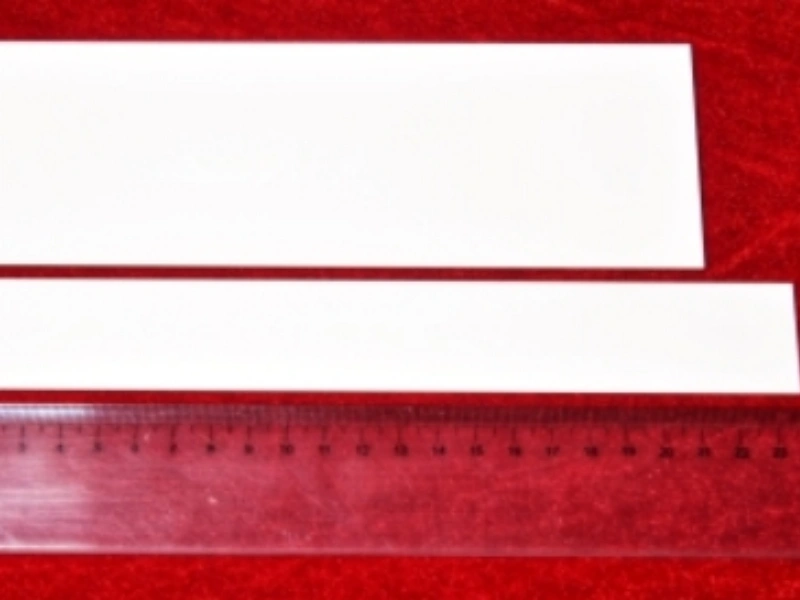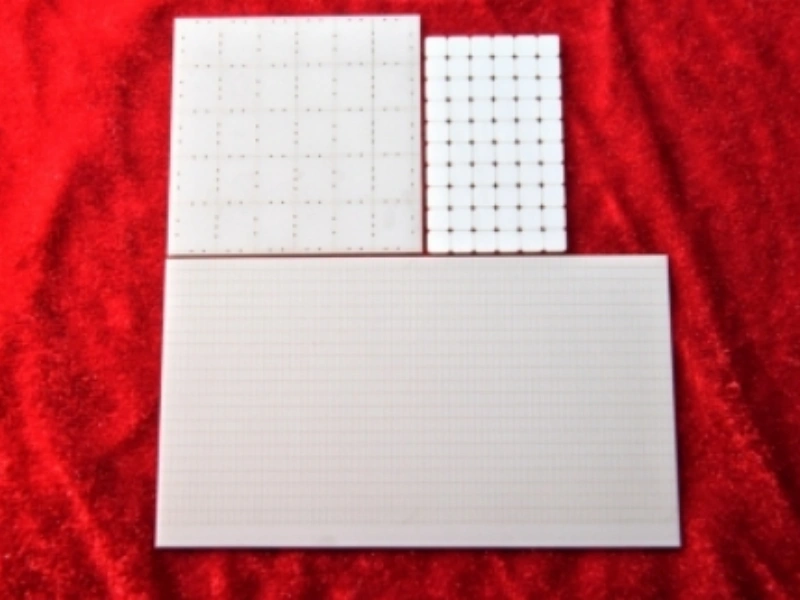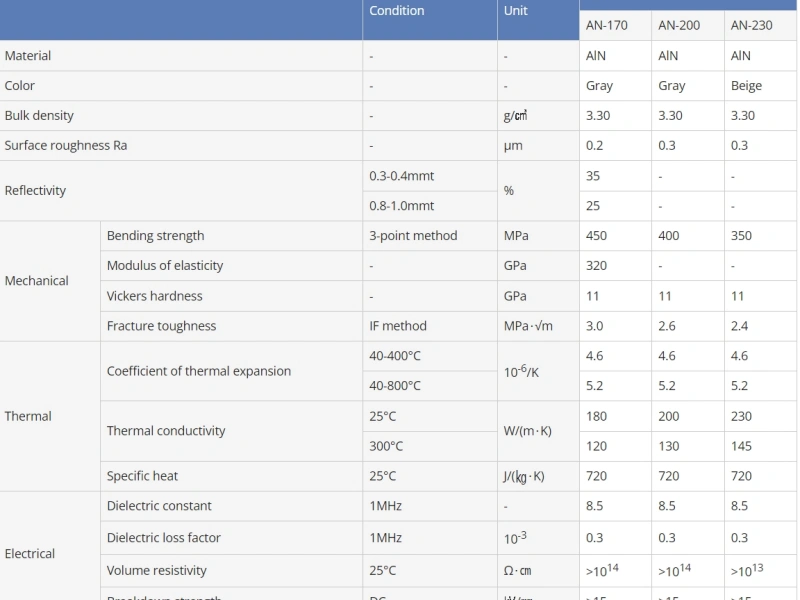Direct Bond Copper (DBC): This technology involves bonding a thin layer of copper directly onto a ceramic substrate using a high-temperature process. DBC is ideal for applications requiring high thermal conductivity and excellent electrical insulation, making it perfect for power electronics and high-power LED applications.
Direct Plated Copper (DPC): Utilizing photolithographic techniques, DPC allows for the precise deposition of copper layers on the ceramic substrate, enabling fine-line circuits and high-frequency performance. This technology is particularly useful in RF and microwave applications.
Active Metal Brazing (AMB): AMB utilizes brazing alloys to join copper to the ceramic substrate, allowing for the creation of complex structures and high-temperature applications. This technology is often used in aerospace and defense sectors.
High-Temperature Co-fired Ceramics (HTCC): HTCC involves printing conductive pastes (containing metals like tungsten or molybdenum) onto a green (unfired) ceramic tape, which is then co-fired at high temperatures. This results in a dense, reliable structure suitable for high-temperature environments.

Common Materials


Leading Manufacturers

General Dimension
Item | Unit | Type |
AN-170 | AN-200 | AN-230 |
Dimension | inch(max) | 5.5"×7.5" | 5.5"×7.5" | 5.0"×7.0" |
Tolerance | ±1% NLT:±0.1㎜ | ±1% NLT:±0.1㎜ | ±1% NLT:±0.1㎜ |
|
Thickness | ㎜ | 0.25~1.5 | 0.25~1.5 | 0.25~1.0 |
Tolerance | ±10% NLT:±0.04㎜ | ±10% NLT:±0.04㎜ | ±10% NLT:±0.04㎜ |
|
Through hole | ㎜ | Φ0.2~ | Φ0.2~ | Φ0.2~ |
Tolerance | ±0.05㎜ | ±0.05㎜ | ±0.05㎜ |
|
Warpage | ㎜ | 0.002/㎜ | 0.002/㎜ | 0.002/㎜ |

Contact Us
If you have any requirements for ceramic PCBs, whether it's for prototyping or mass production, H-CELERITY PCB LIMITED is here to help. Our team of experts will work closely with you to ensure that your custom ceramic PCB meets all your specifications and exceeds your expectations.
For more information or to request a quote, please contact us at sales@h-cpcb.com.
Ceramic Board Materials Classification
Ceramic PCBs utilize different materials to suit specific application requirements. The most commonly used materials include:
